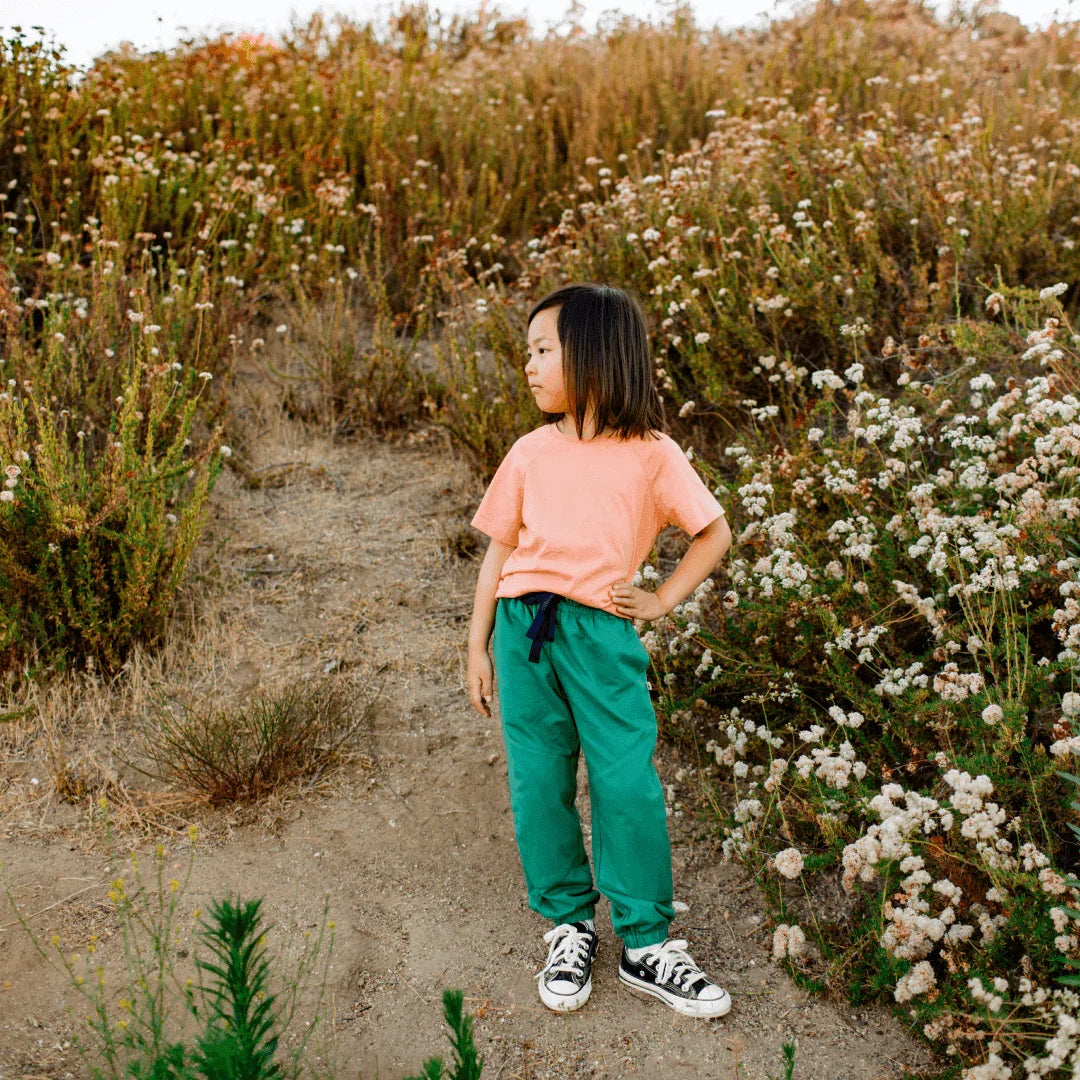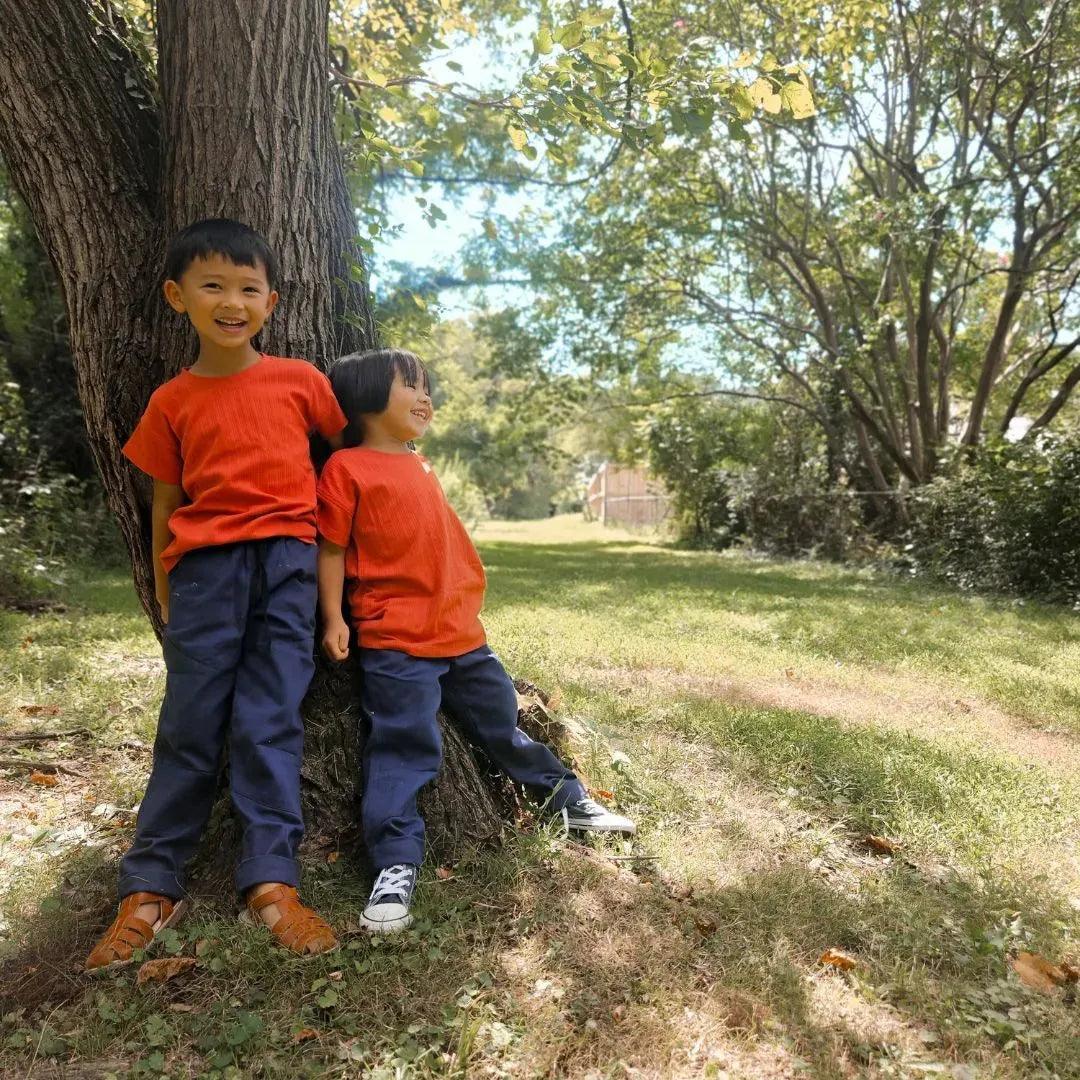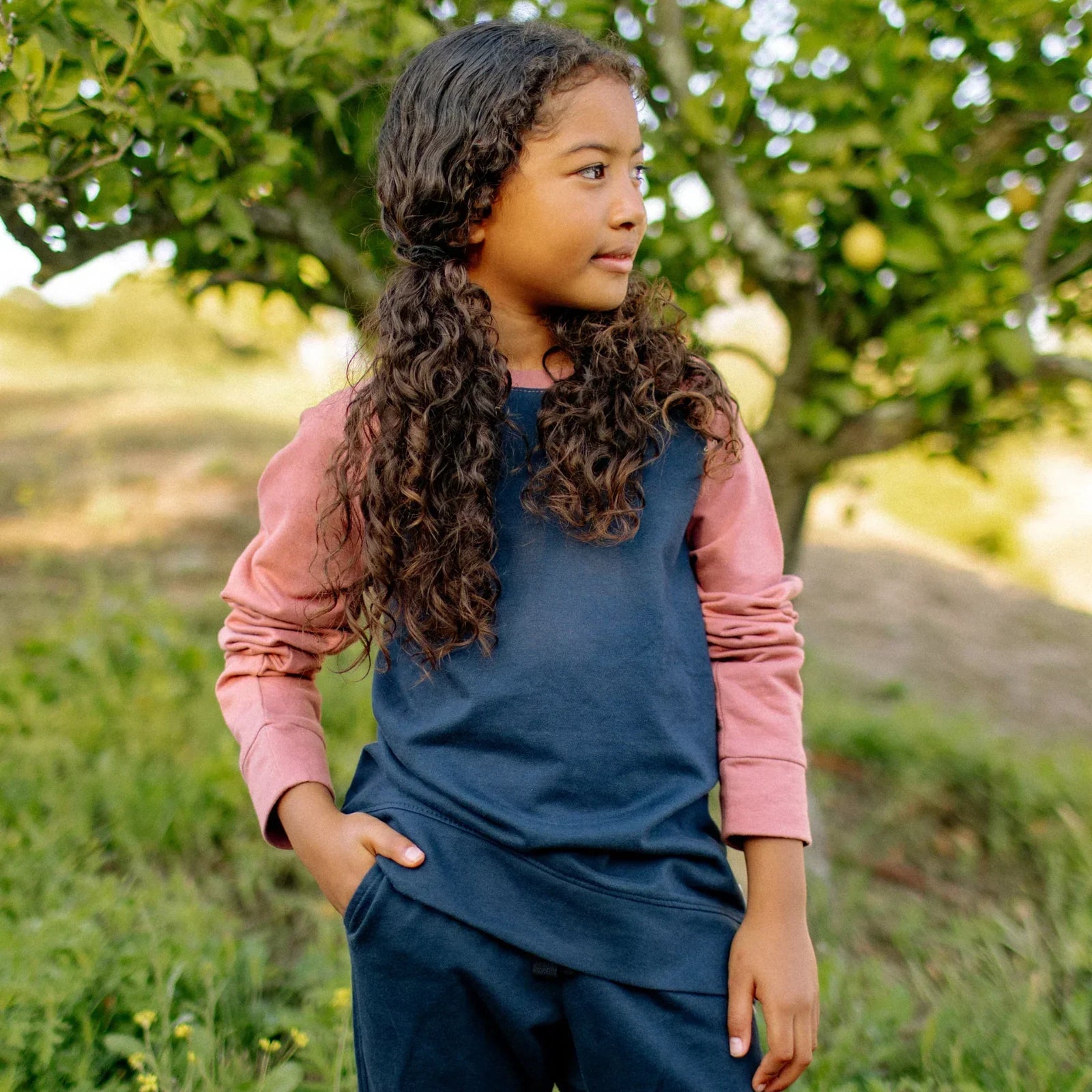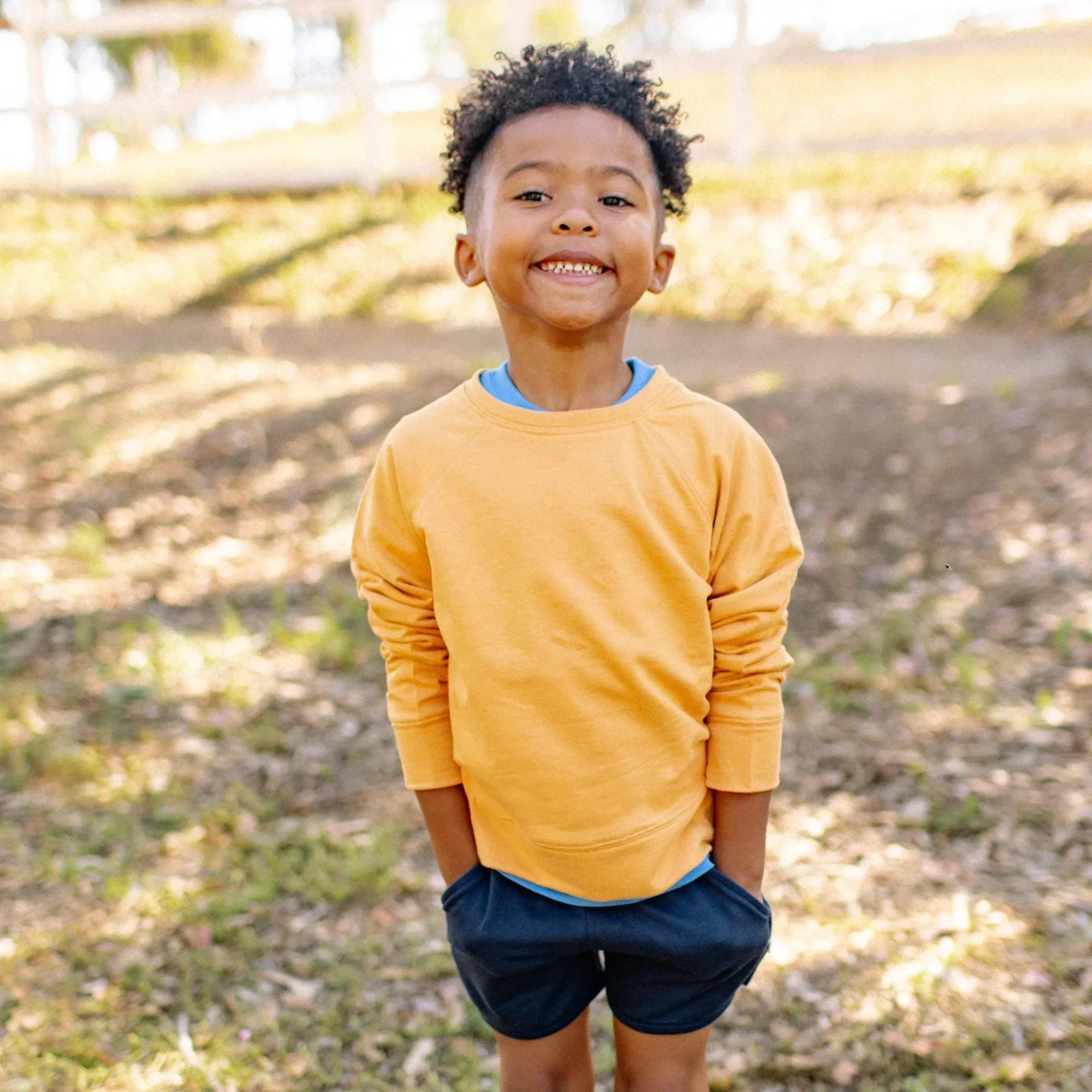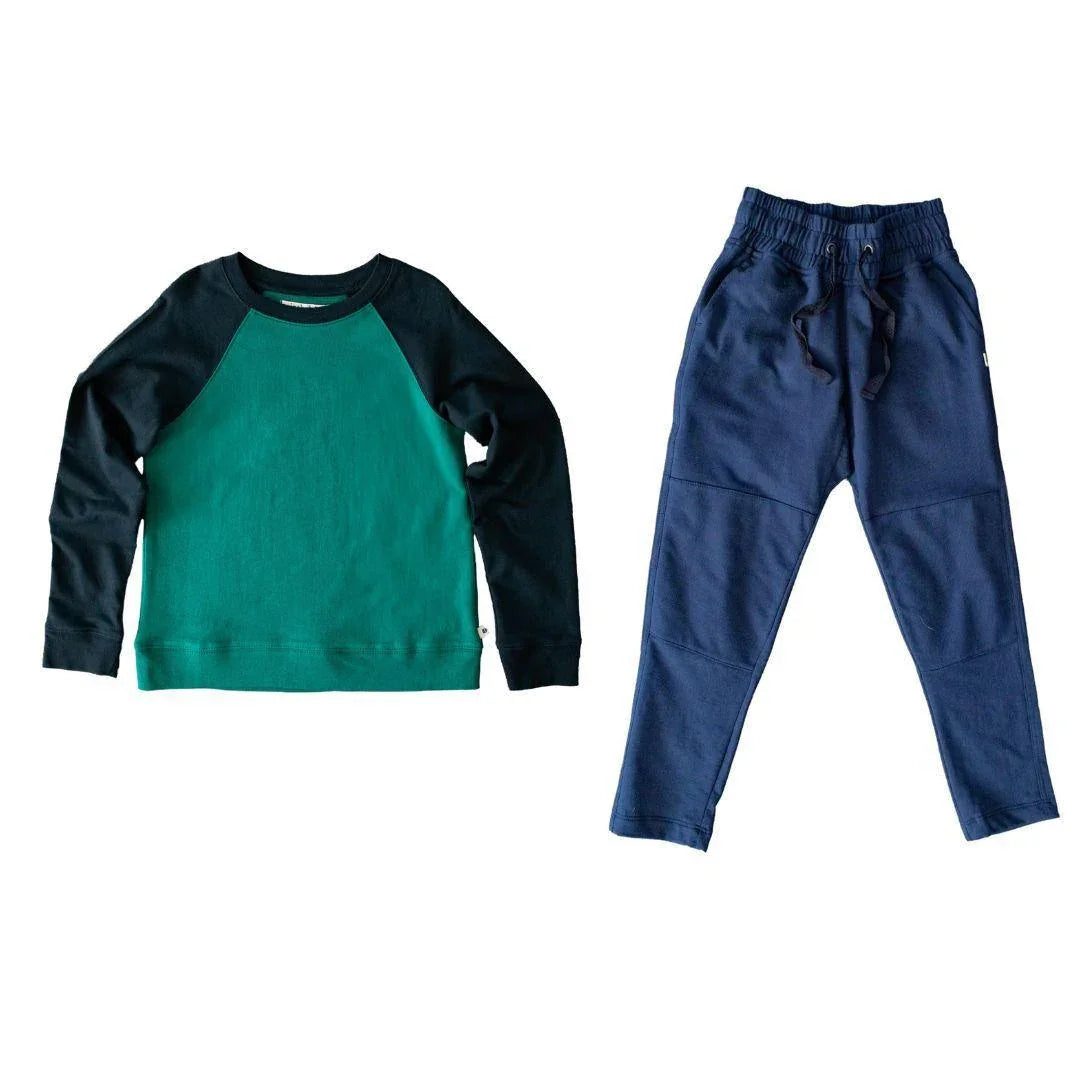Winter Kids Clothes: Cozy but...could be BETTER!
In a world driven by consumerism and rapidly changing trends, the clothing industry has been a major culprit in the climate crisis (lookin’ at you, fast fashion!) Children's winter wear – coats, sweaters, high tech performance fabrics – can have an even greater negative environmental impact because they can’t be used all year, are outgrown quickly, and often contain plastics and other chemicals that wreak havoc on the planet.
Let's delve into the ugly truth about kids' winter clothing, exploring alternative solutions aligned with a zero-waste lifestyle, and providing insights into the importance of maintaining and caring for winter garments to reduce waste.
You know the drill. You wake up one morning and suddenly the sleeves on your child’s sweaters are two inches too short. It might be tempting to just snag a new one (or four) while you’re out on errands, because after all– aren’t they going to just get a few wears out of it before it’s outgrown again? Why invest in a more sustainable option when they're just going to wear it for a few months?
Synthetic Fabrics (Polyester, Nylon, and Acrylic):
These materials are derived from petroleum-based products and involve energy-intensive manufacturing processes. Additionally, synthetic fabrics do not biodegrade easily and contribute to microplastic pollution when washed.
Chemically Treated Fabrics:
“Performance fabrics” treated with certain chemicals, such as perfluorinated compounds (PFCs) for water repellency, can persist in the environment and bioaccumulate.
Faux Fur and Polyfill (Acrylic/Polyester Blend):
Faux fur and polyester batting made from acrylic or polyester can shed microfibers, contributing to plastic pollution in oceans and waterways.
3 Ways To Make Your Child's Winter Wardrobe More Eco-Friendly
While the upfront cost of organic and sustainable kids' clothes may be higher compared to conventional alternatives, they often save money in the long run. Organic fabrics are more durable, hold up better, and retain their resale value. Plus natural and organic fabrics are naturally moisture-wicking, temperature-regulating and antimicrobial!
Thrifting and upcycling are excellent ways to reduce the demand for new garments. Explore local thrift stores or online platforms like Kidizen specializing in second-hand children's clothing. And Jackalo buys back outgrown clothes for a credit towards your next size!
Mending is one of the best ways to reduce the environmental footprint of your kid's cold-weather clothing. And, you don't have to be skilled at sewing to do this!
Our newly updated Mend It! guide will help you learn to give new life to your woven garments both by hand and with a sewing machine.
GREEN WINTER WARDROBE
Embracing a low-waste lifestyle involves actively participating in the circular economy.
By understanding the environmental impact of traditional winter clothing and implementing practical tips for maintenance and care, we can contribute to a healthier planet for future generations. This year, let's redefine the way we approach children's winter-wear, prioritizing sustainability and mindful consumption!












